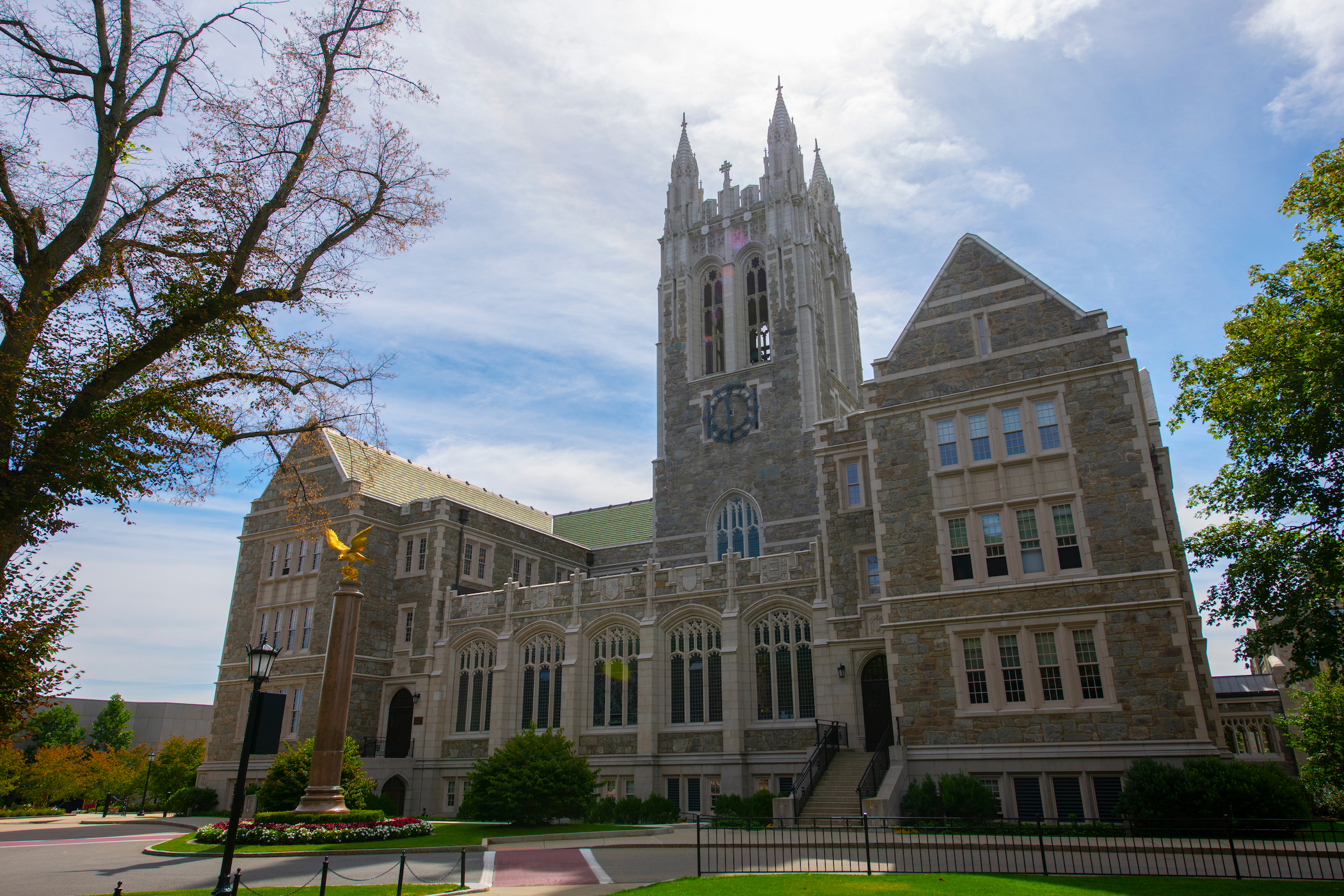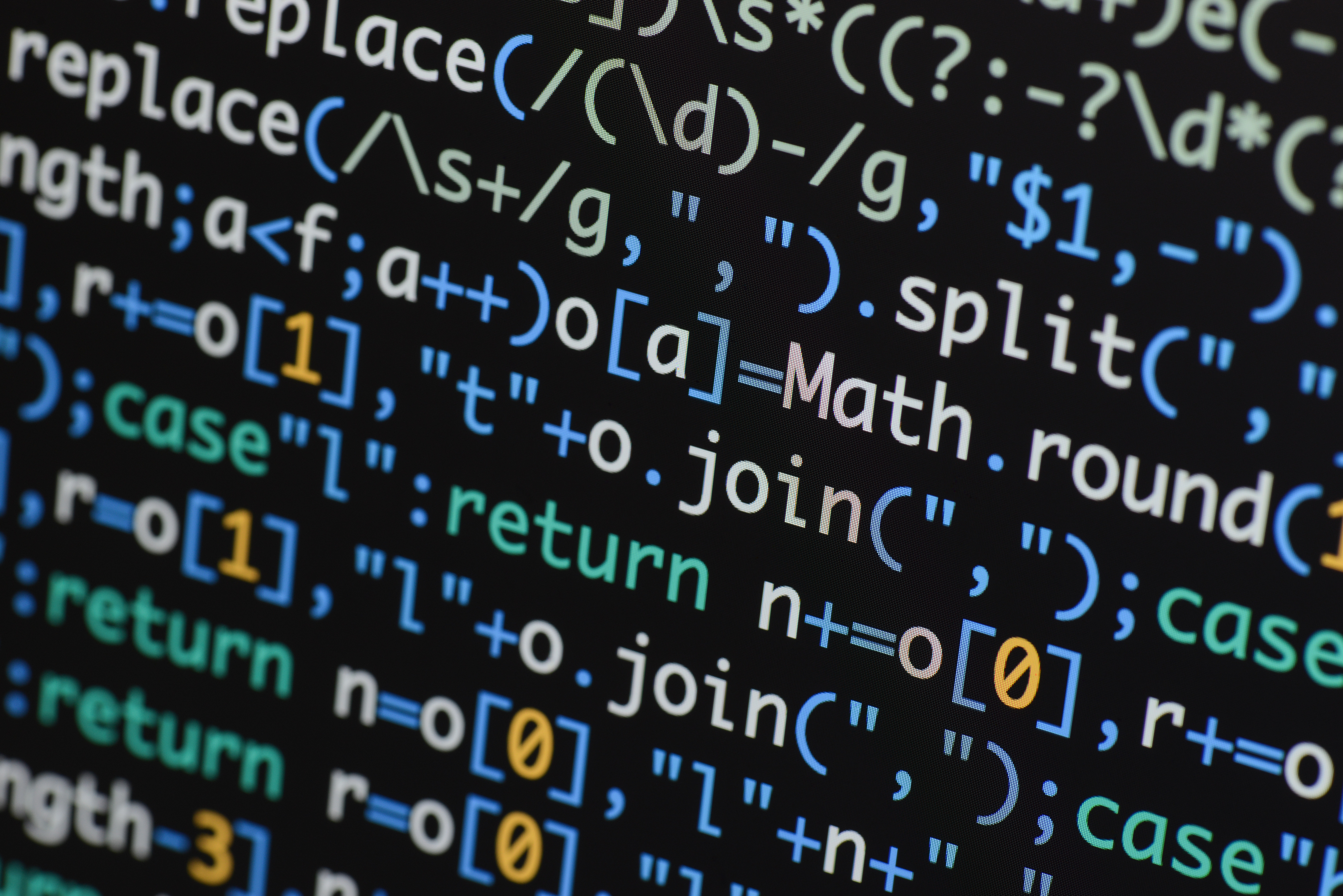So much of our political and public life is focused on figuring out which sorts of inequality we are willing to tolerate. It’s really important to think about the ways in which economic thinking or the economy or economists involved in designing our institutions relate to the kinds of inequality that we see in those institutions.
One example from my research focuses on the problem of assigning students from kindergarten through to 12th grade to public schools. This is fundamentally a problem of public policy, and it has many consequences for children’s outcomes later in life. It also generates inequality, by assigning some students to one school and other students to another school.
If you send one student to a school in a good neighbourhood that has lots of resources and you send another student to a school in not such a good neighbourhood with fewer resources, then you’ve produced an inequality. So, even with just two students and two schools, this is a pretty complicated problem. You have to think about, as a society, what kinds of inequality you’re willing to tolerate and how to produce this outcome. Of course, the best thing to do is to make all of the schools good – and equally good – but in most settings in the world, that’s not really possible, or it’s not the problem that can be most immediately solved.
The Boston school problem
Interestingly, in Boston, the algorithm for assigning students to public schools was recently revised by a group of economists who brought their economic theory to bear on this extraordinarily complex question, because, again, with just two students being assigned to two different schools, we have already run into a moral problem. How do we decide which student deserves to go to the better school?
Now, plunk this problem down in a city like Boston and suddenly you have thousands of students who need to be allocated to hundreds of schools. These schools have different characteristics. They’re in different places spread across the city. The students are also in different places spread across the city. You have students from all levels of socio-economic background, in all tax brackets, from many different ethnicities. You also have these schools that occupy a wide range. Some of them are among the best public schools in the country and some of them consistently produce lower outcomes in terms of test scores and matriculation to higher education.
Thinking through trade-offs
The economists who they employed to think about redesigning this structure brought in a set of economic ideas that helped the policymakers think through different trade-offs. To me, that is the most valuable thing about economic thinking: that it helps people think about trade-offs. These economists came in and gave words and concepts to different algorithms, or different ways, of assigning students to public schools. This was really interesting because it allowed the policymakers to see flaws in their ways of doing things that they hadn’t seen before.
For many years, the algorithm that the Boston Public School Board was using to allocate students to schools had this flaw where some parents figured out that there was a way of gaming the system. At the beginning of the year or when it’s time for their kid to get assigned to a school,they rank the schools in order of their preference. The School Board does try to take into account the parents’ preferences, but, again, you already have a problem here where everyone knows the best schools, and there aren’t spaces at all of the best schools for all of the children.
Some parents worked out that if they actually misrepresented their true preferences, they could get a better outcome for their kid. So they put their true first choice school further down on the list. That way, they would be more likely to get that school because of how the algorithm worked.
This created a certain kind of inequality in the Boston public school system. Parents who could strategise and figure out the algorithm were the parents who ultimately had better outcomes, on average, for their children, because they knew how to game it. These parents from higher income neighbourhoods, with access to information, whereas parents who tended to be in lower income neighbourhoods were playing sincerely. They were just writing down their preferences and not trying to game the system, which led to worse outcomes on average.
Now, this is a real problem. This is a form of inequality that the economists were able to document and say was a feature of their algorithm and they could tell them how to fix it.
Which students for which schools?
Even if we take away the strategic element, this differential ability for parents to game the system, there’s still the fundamental problem of how you decide which students get to go to the good schools and which students don’t.
If you take parents’ preferences as the most important fundamental piece of information that you will use to generate this allocation problem and to decide how to allocate students, then maybe you can justify the idea that parents really know what they want. They know what’s best for their kids, and if we respect their preferences as much as possible, then we can create outcomes that can be justified to everyone.
One idea is that the Boston School Board thinks that parents’ preferences are all that matters: it’s the only data that you need in order to decide how to allocate students to schools. Yet, you might also have the view that different parents still have different information – and if parents have different access to information about schools, then that list of preferences where they rank the schools that they’d like to send their kid to is going to be representing a form of inequality that is unseen.
When the algorithm for assigning students to schools treats these two lists, from one parent who doesn’t know very much and another parent who knows a lot, as equal, and says these lists are all that matter, then you create another kind of inequality in outcomes, because to have truly equal outcomes, you should make it so that every parent has this exact same amount of information at the start of the school year, when they have to write down their preferences.
But that’s not how it works, and it’s not a policy design that was necessarily discussed within the Boston School Board, because economists had this clear language for articulating a different kind of inequality that was easy to describe and easy to fix in their language. So, in some cases, just through economists describing a particular kind of inequality in their language, policymakers will focus on fixing that kind of inequality, even if it means ignoring, and perhaps even making worse, a whole range of other kinds of inequality.
That’s also why so often in our policy discourse, when people think about inequality, they think about income inequality, or wealth inequality: the differences in how much people have, how much people own.


